Unagi Model One Voyager review
When the Unagi Model One made its debut, it was an impressive scooter not just for its design, but its capabilities. Not only did it look amazing, but it was very light, yet powerful for its size. So how do you improve on one of the best electric scooters?
The Unagi Model One’s successor, the Model One Voyager, doesn’t make too many radical changes, but nearly doubles the range of the original, and adds some new features, such as a Bluetooth locking mechanism. And it does so while keeping the weight nearly the same, too. Read the rest of my Unagi Model One Voyager review to see if this is the best electric scooter for that last-mile ride.
Unagi Model One Voyager review: Price and availability
The Model One Voyager will be on sale as of April 1, 2023; it will be available in four colors (Deep Cobalt, Cool Mist, Matte Black, and Latte) and retail for $1,190. If you don’t want to pay for it outright, Unagi offers a subscription plan, whereby you can pay $69 per month plus a one-time $50 setup fee. You can also get theft protection for an extra $5/month.
The Model One Classic (formerly known as the Model One E500) will be offered on a subscription basis for $59/month.
Unagi Model One Voyager vs. Unagi Model One Classic
| Row 0 – Cell 0 | Model One Voyager | Model One Classic |
| Price | $1,190 | $9900 |
| Max speed | 20 MPH | 20 MPH |
| Range | 7-12 miles | 12-25 miles |
| Battery | 360Wh | 282Wh or 302.4?? |
| Motor | Dual 250W | Dual 250W |
| Peak power | 1000W | 800W |
| Torque | 32Nm | 26Nm |
| Size (unfolded) | 37.8 x 43.3 x 16.5 inches | 37.8 x 43.3 x 16.5 inches |
| Weight | 29.6 pounds | 28.5 pounds |
The biggest difference between the Unagi Model One Classic and Voyager comes down to range: the Voyager has about twice the range as the Classic. In addition, the Voyager is a bit more capable when going up hills and, as we’ll discuss later, it also connects to an app that adds a few more features.
Unagi Model One Voyager review: Design
There’s almost no difference between the Voyager and the Classic Unagi Model One. Side by side, they’re practically identical. And that’s a good thing: even though it’s been on the market for around five years, there has yet to be a scooter that looks as sleek as the Unagi.
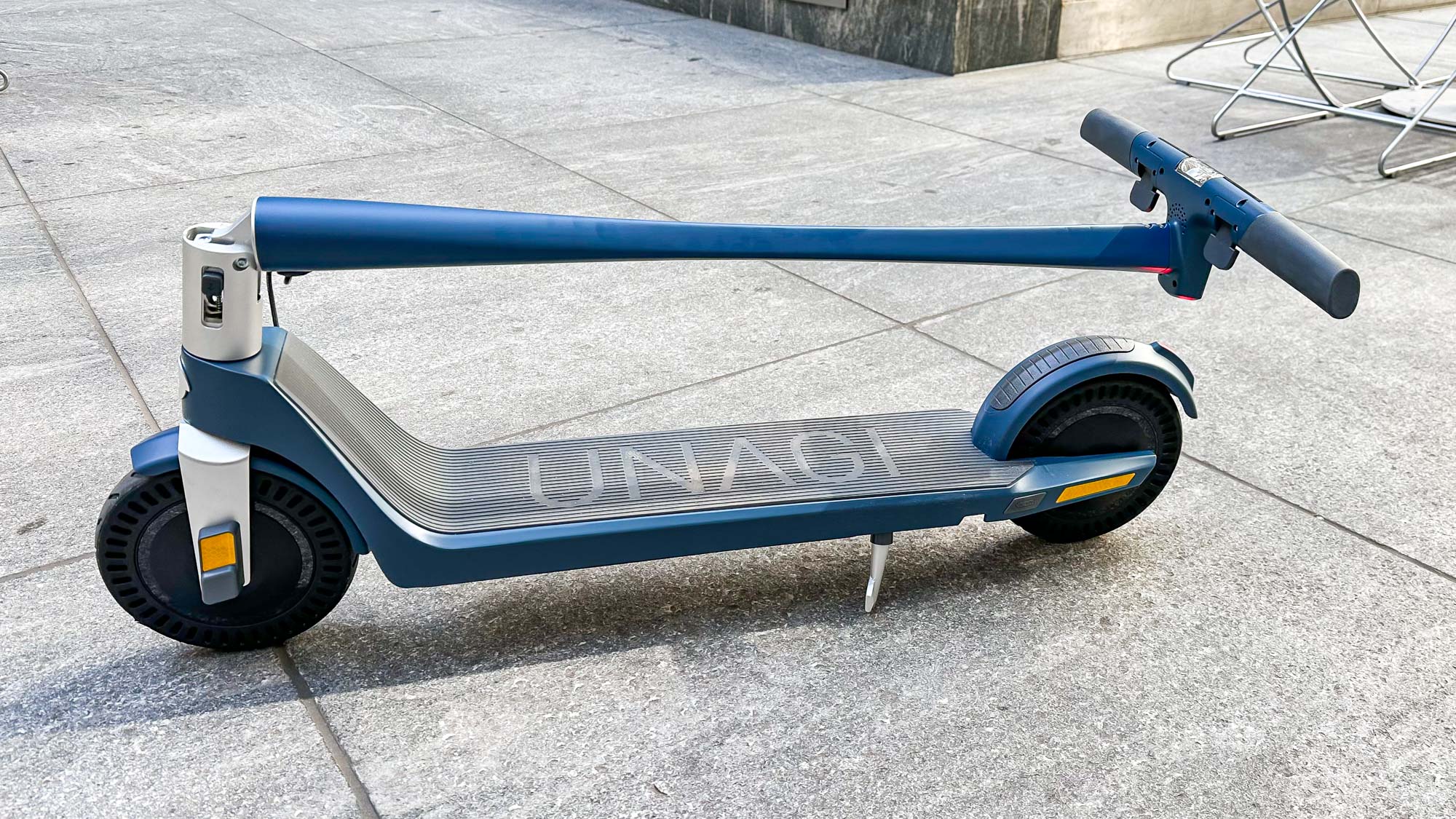
The Voyager’s downtube is made of the same carbon fiber, and has a unique pyramidal shape that’s thinnest in the middle, and flares out at both ends. Not only is it elegant, but it also makes the Voyager very easy to carry when folded.
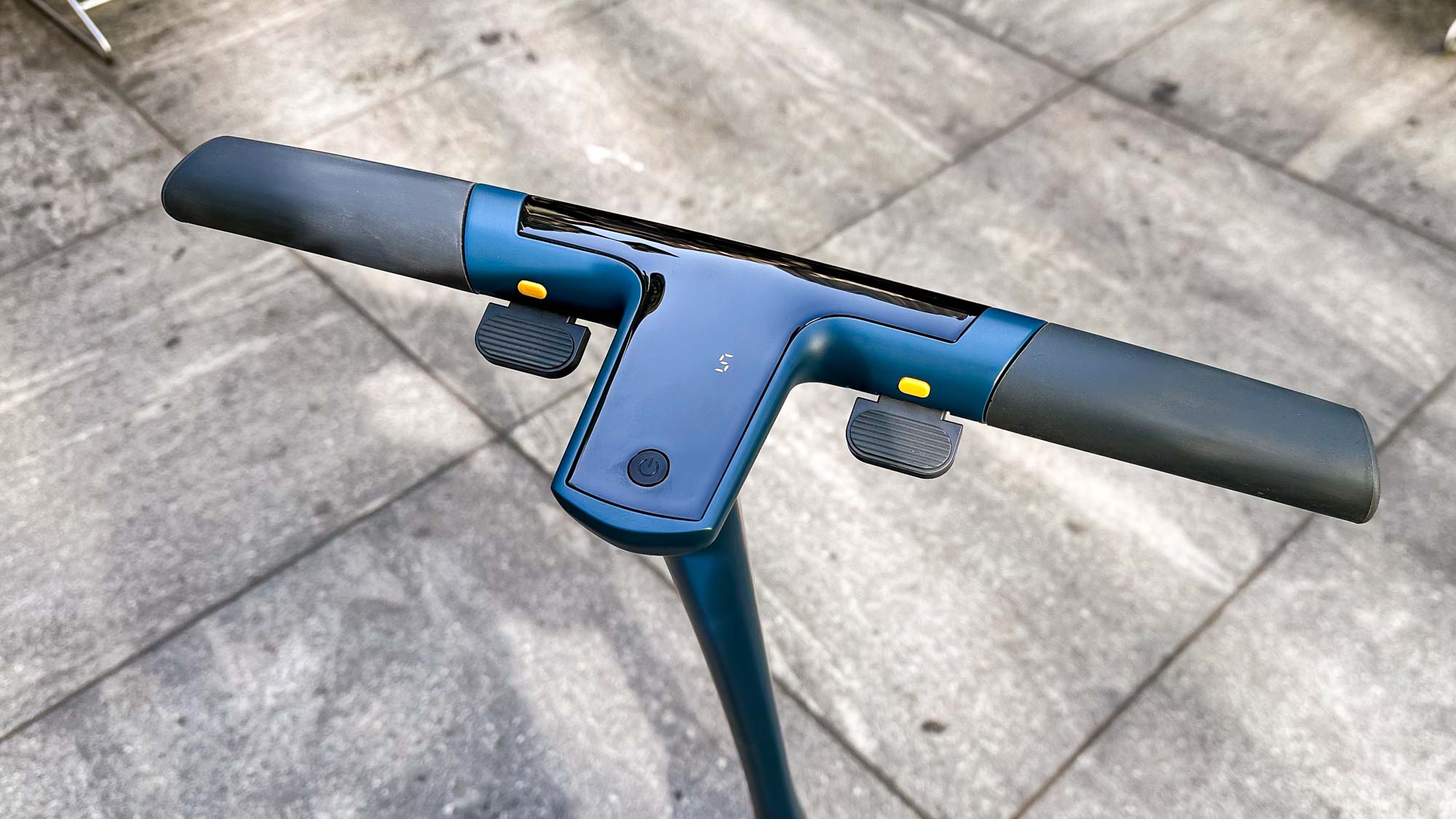
A large black and white LED display between the handlebars displays your speed, distance traveled, battery life, and if you’re using one or both of the scooter’s motors. On the left side is a push lever for the brakes, and on the right is the throttle.
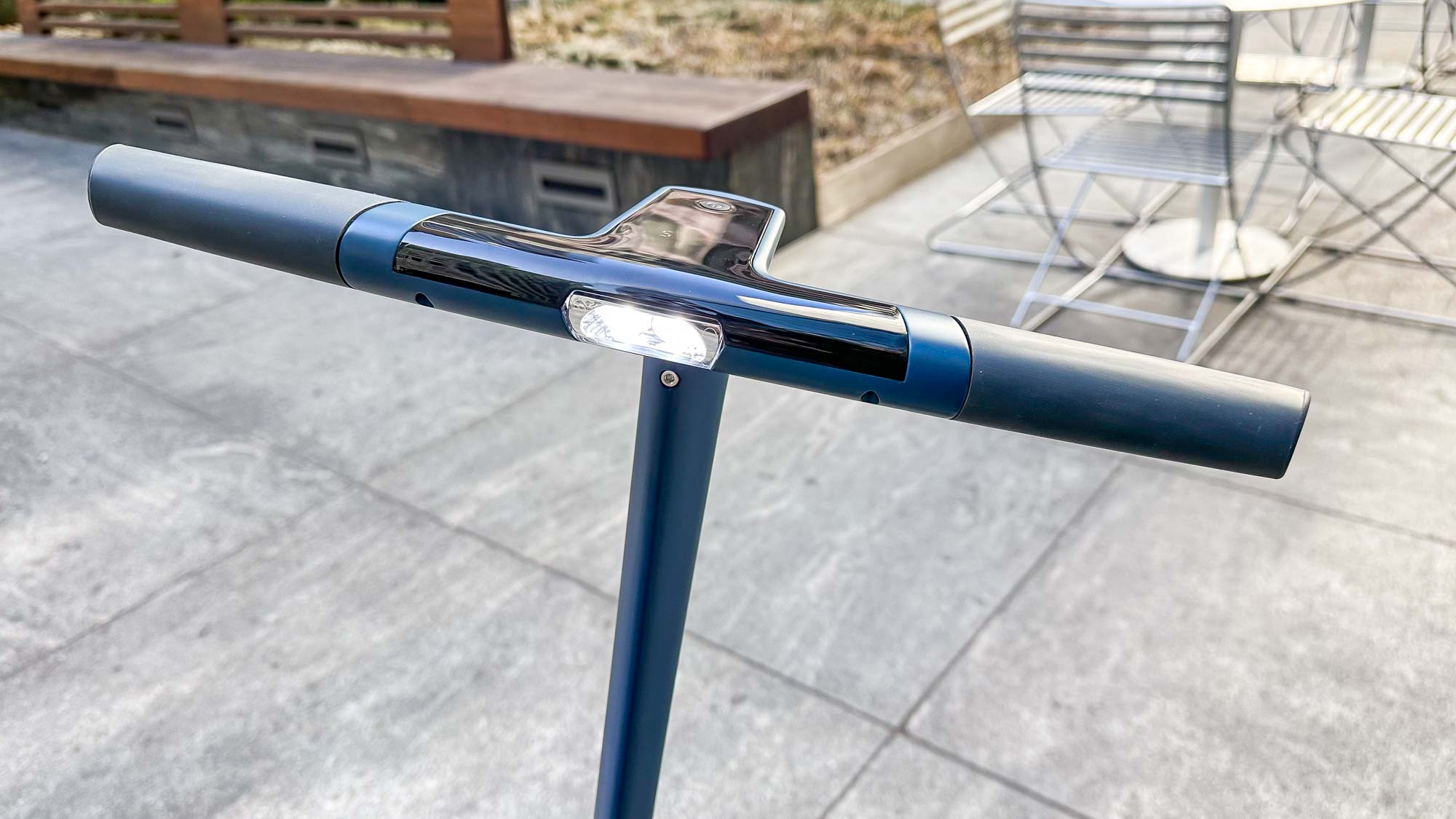
As should be expected of a scooter at this price, the Voyager has a headlight and a tail light; the latter remains on all the time, and flashes when you hit the brakes, which is a feature I like. The headlight — two LEDS — serves up a nice large bright beam that hits the ground about 15 feet in front of the scooter, which gave me ample time to see and avoid potential obstacles.
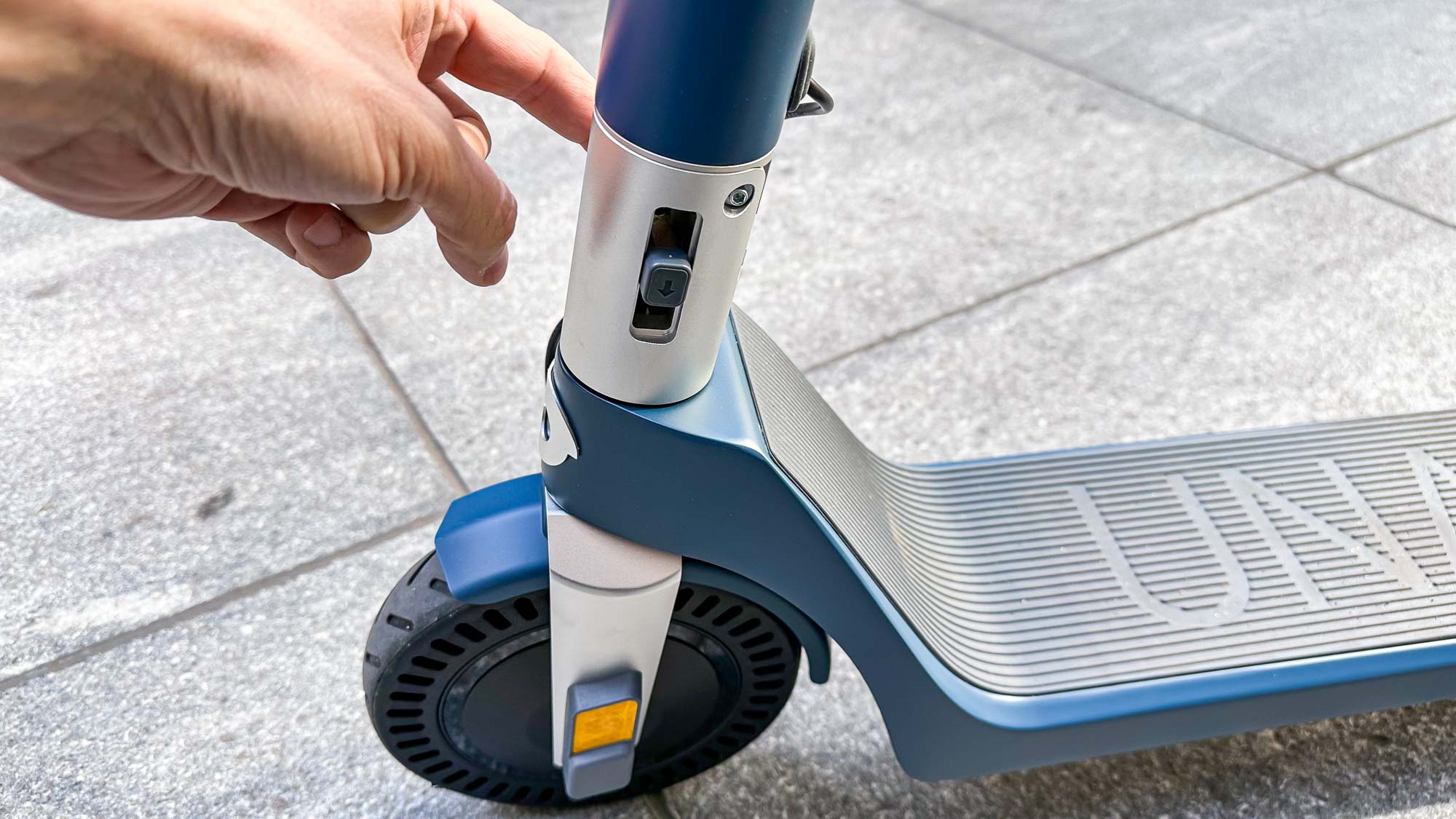
One of the best design elements of the Voyager — really, of any scooter I’ve tested — is the downtube’s folding and locking mechanism. Simply pull down on two tabs, and the downtube folds down and locks into place; no extra latches or hooks here.
Unagi Model One Voyager review: Performance
The Model One Voyager was every bit as speedy and responsive as the original. On my test hill, which has a 6 percent grade, the Voyager sped up it at around 11 miles per hour, the same as the Model One Classic.
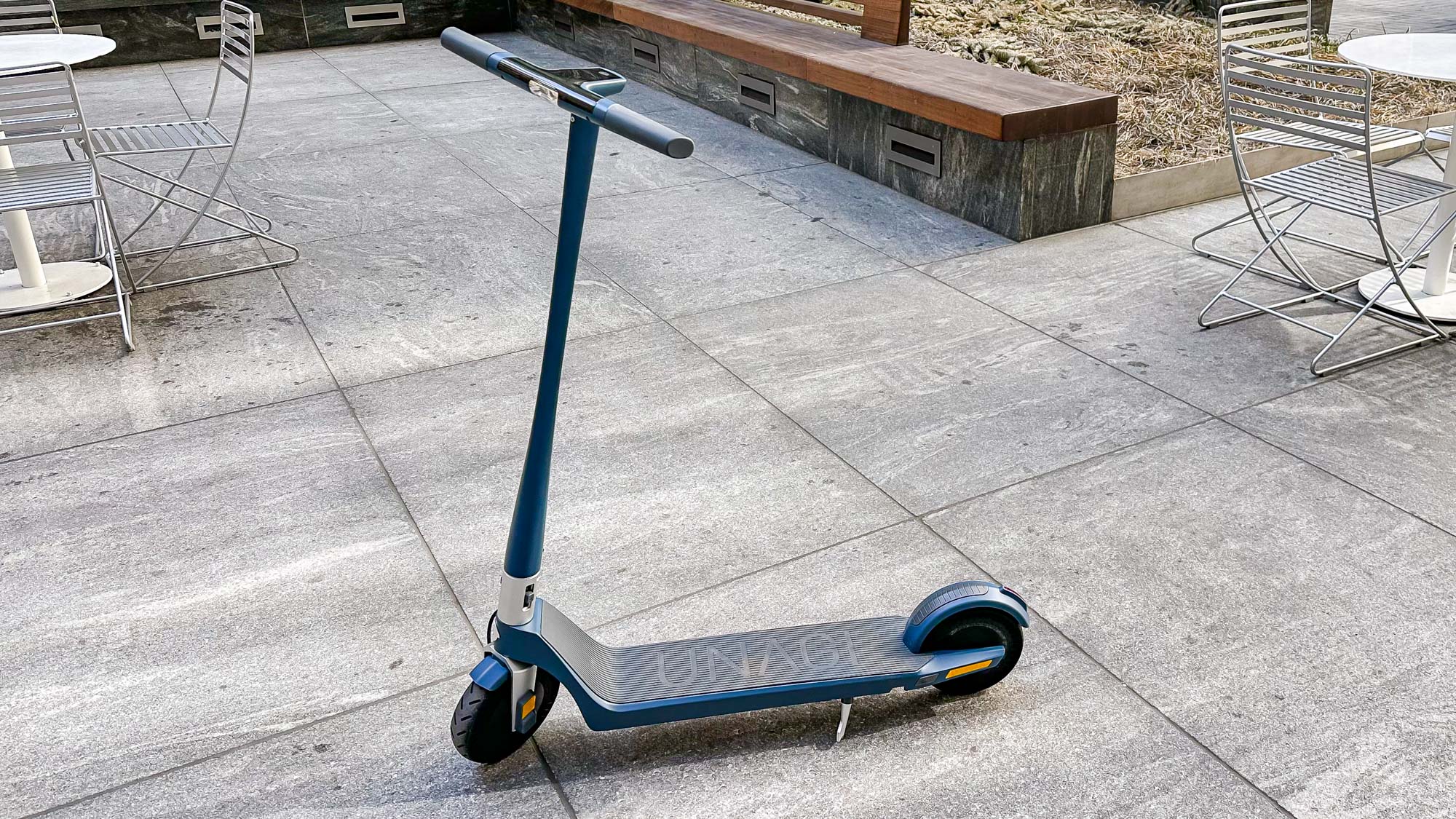
When you first unbox the Voyager, you can select from three speed modes, which limit the top speed to 9, 12, and 15 miles per hour, respectively. A special code unlocks the Voyager’s top speed to 20 MPH (turn the scooter on, press and hold both the brake and accelerator, and then press the power button 10 times quickly. You should hear a few beeps from the scooter). Then you’ll really fly.
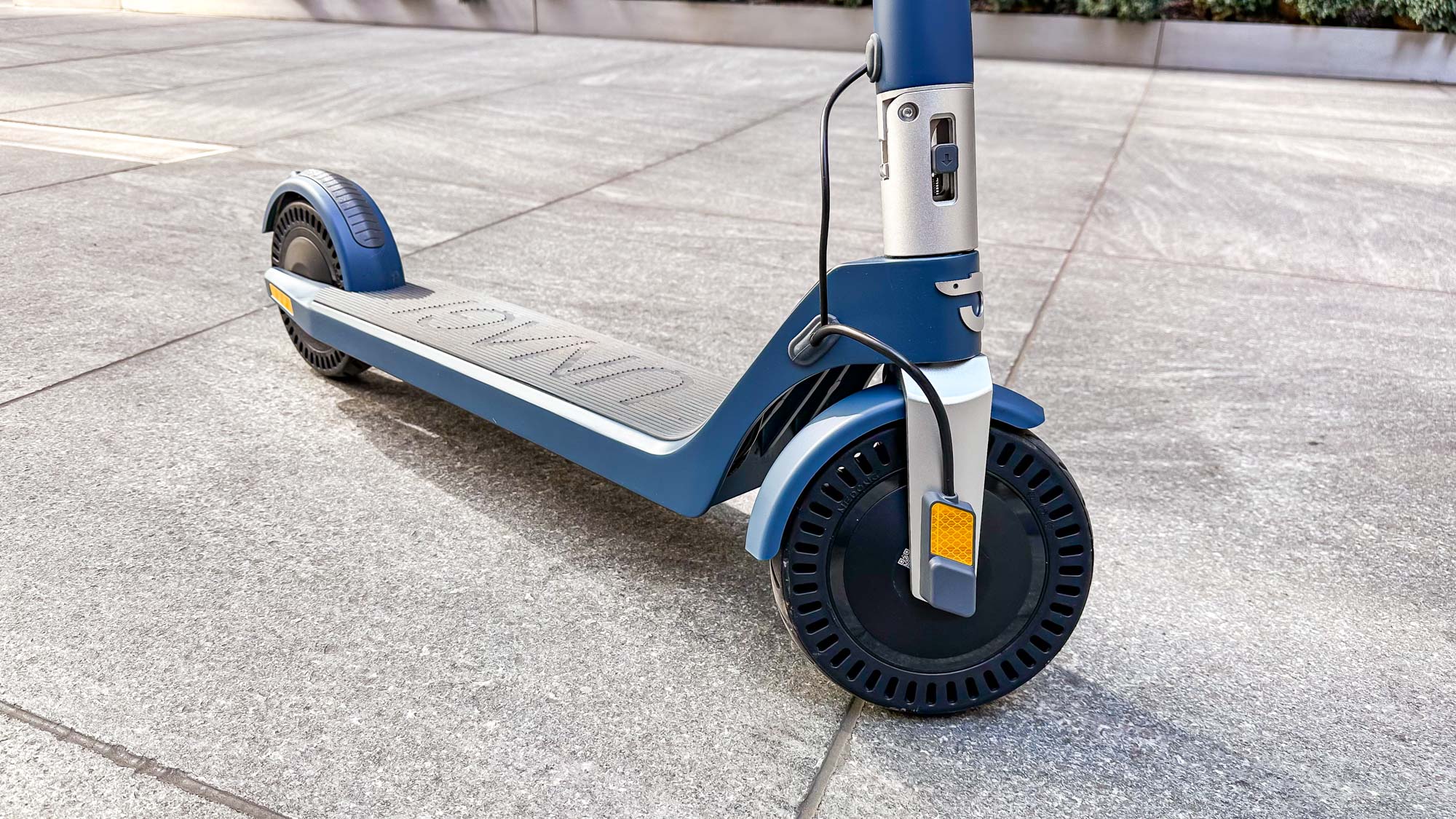
My two main issues with the Voyager are the same as the original. Its rubber wheels and lack of any sort of shock absorption make for a pretty rough ride. A tubeless air-filled tire would go a long way here.
The other quibble is that the Voyager’s electronic horn is pretty feeble. When I was riding it in Manhattan, I could barely hear it over the din of the city traffic. It needs something louder to alert others in front of you.
Unagi Model One Voyager review: Range and battery life
Unagi advertises the Voyager as having a range of between 12 and 25 miles, depending on the weight of the rider, the terrain, and other factors. That range is double the Unagi Classic (7-12 miles), though it should be noted that when the Classic first came out, Unagi said it had a 15-mile range.
I’ve found with every scooter I’ve tested that the range estimates are very optimistic, especially for a rider such as myself who weighs closer to 200 pounds than he’d like to admit. I also live in a fairly hilly area, which further decreases the range.
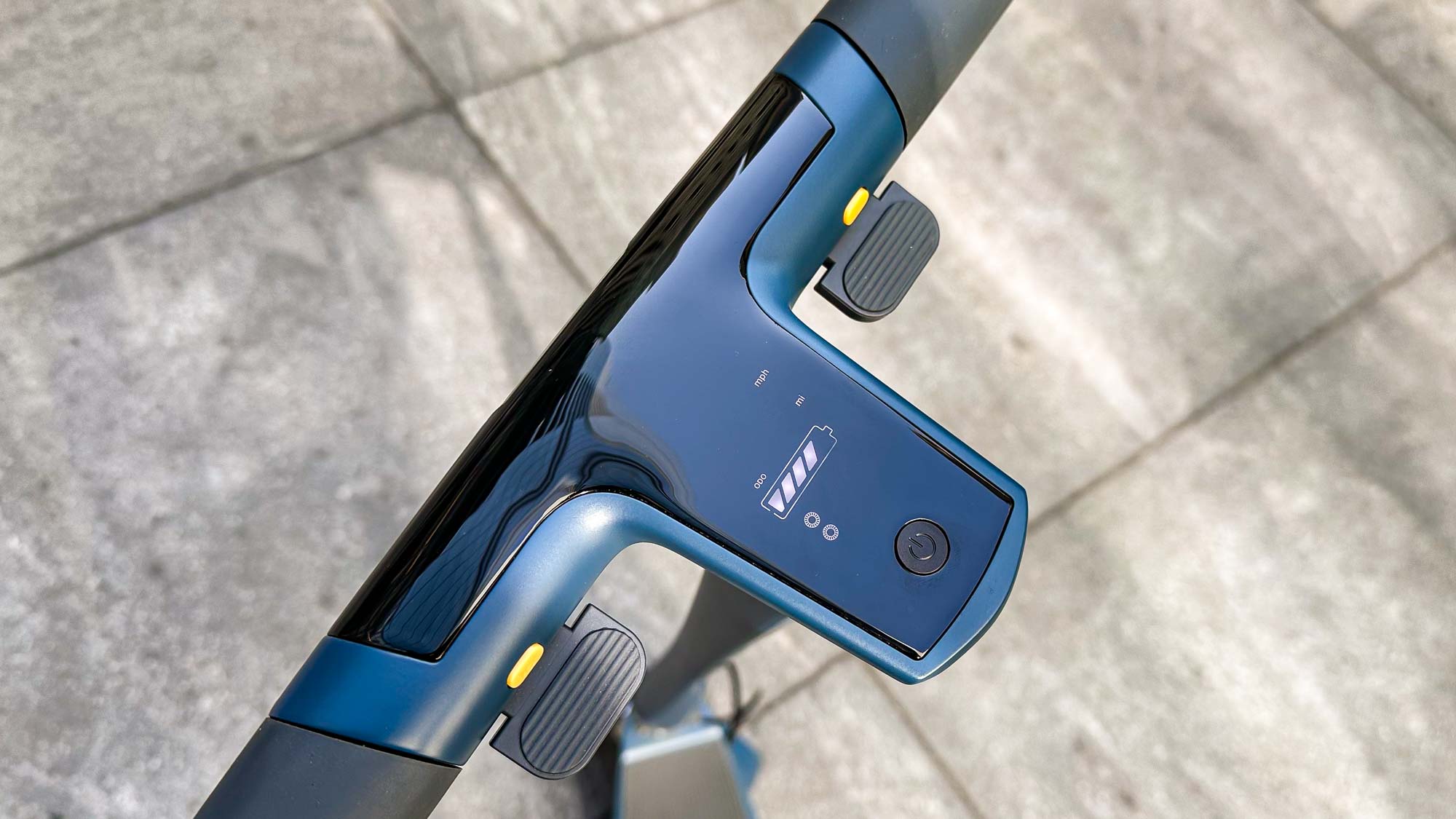
On the Voyager, I was able to get just about 12 miles out of the scooter before the battery died. When the battery gets to about 10 percent remaining, the scooter starts beeping intermittently. When the battery drops to 5 percent, the beeping gets more persistent, and the Voyager’s top speed drops, so as to eke out as much range as possible.
The Voyager also can be charged up completely in three hours, half the time it takes the Model One Classic.
Unagi Model One Voyager review: App
Another difference between the Voyager and the Classic is that the Voyager can be paired with an app via Bluetooth, which lets you change some settings, such as the max speed, whether you want to use one motor or two, and turn on the headlight.
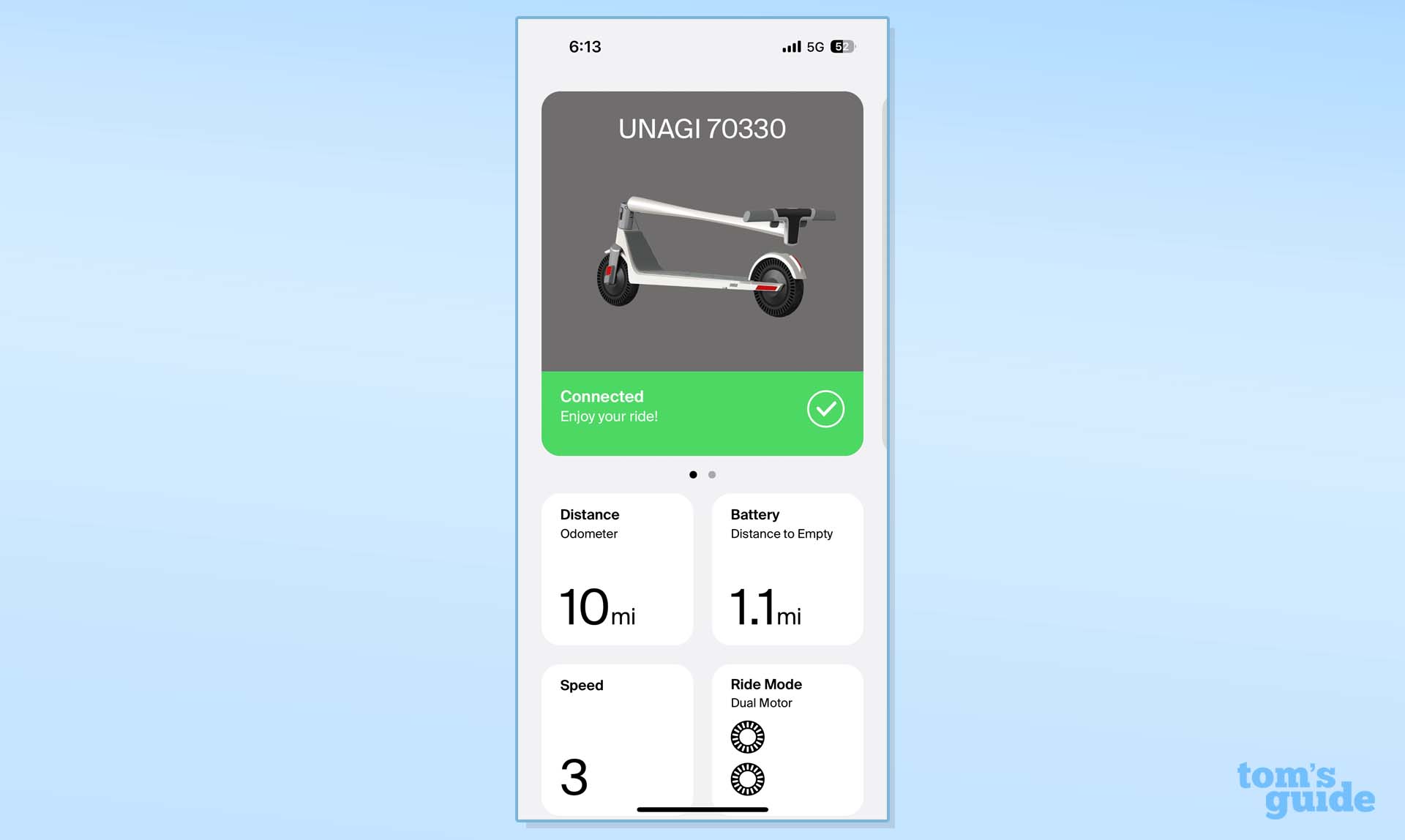
The app also provides an estimate of how many miles you can go before the battery dies; however, you need to enter your weight into the app to get an accurate estimate. Also, the app has a remote lock feature, which is a nice anti-theft measure — not that you shouldn’t also lock up the scooter.
Unagi Model One Voyager review: Verdict
Unagi originally planned to follow up the Model One with the Model Eleven, which was going to cost around $2,400 and have such features as automated driver assistance, a Bluetooth speaker, GPS tracking, and a swappable battery. However, that proved overly ambitious. Instead, it has come out with something a bit more practical (and affordable) with the Model One Voyager.
It’s a nice step up from the original, and while I wish it had different tires and a beefier horn, it’s still the best scooter for those who need a last-mile transport to get them from a train or bus to their office or home. And it looks really awesome, too.
For all the latest Technology News Click Here
For the latest news and updates, follow us on Google News.
